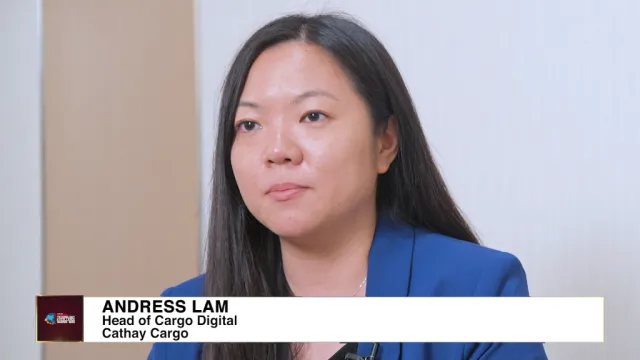
Microfinance in China
Providing banking and other financial services to the poor has always presented particular challenges. By definition, people with little or no money lack all but the most basic financial resources and economic influence. Their exclusion from the financial system means they have no credit history and no basis for participating in modern financial transactions. Poverty means they have little if any collateral to underpin lending. In large areas of the world, poor people also live in remote rural regions without access to the infrastructure of modern commerce and communications. This inability to benefit from financial services plays a large part in preventing the poor from making even modest improvements in their lives, and helps to trap them in poverty. More than 1 billion of the world’s population subsist on less than US$1a day.
Finance for the poor
The microfinance movement challenges the view that poor people are also poor credit risks, and that they cannot benefit from financial services. The origins of microfinance go back to at least the 1700’s. Since then the principle has grown with a number of organisations specialising in this including ACCION, SEWA Bank and Grameen Bank to name a few.
The China context
Despite rapid and continuous economic growth over the last 25 years, China is still home to tens of millions of the world’s poorest people. Many of these live in impoverished rural areas with few prospects of economic improvement aside from migration to the rapidly industrialising cities. Large-scale displacement of the rural poor is creating massive social disruption and further deepening income inequalities and the rural-urban divide. The Chinese government has been attempting to tackle this complex set of problems by promoting economic development in rural areas, the creation of small and medium-sized enterprises and the provision of a financial services infrastructure to support these objectives. Microfinance is beginning to play an important role.
Potential and challenges
Over the last decade, the People’s Bank of China (PBOC) and the China Banking Regulatory Commission (CBRC) have encouraged the creation of rural credit cooperatives and village banks. More recently, trials have been taking place to establish dedicated Micro-Credit Companies (MCCs). To begin with, the Chinese government was very cautious, granting only 20 licences initially. ACCION, a not-for-profit organisation which has been active in microfinance for over 40 years, originally in South America, was invited to apply for one of the pilot MCC licences by the provincial government of Inner Mongolia. In December 2009, the company made history by becoming the first wholly foreign-owned organisation to receive an MCC licence in Inner Mongolia, making its first loans shortly afterwards.
Alongside the government’s drive to expand MCCs, however, has grown a degree of confusion over the role that microfinance should be playing and the best way of managing and regulating the sector. China has little experience in this area, and knowledge and understanding of industry best practice are limited. Despite this, the initial government caution rapidly gave way to greater enthusiasm, and to date more than 1000 licences have been granted for MCCs, credit cooperatives and similar bodies. At the same time, the focus of lending has blurred, with substantial proportions of funding being channelled to SMEs, rather than being used to support true microfinance initiatives.
Is this a problem? In principle, no, if such credit supports economic growth in rural areas, reduces poverty and helps reduce the impact of the rural-urban divide. There are two dangers, however. The first is that lack of experience in managing credit provision to this sector could lead to an escalation of default rates, and damage confidence in the viability of true microfinance by association. The second is that the very poor, whose lives could be transformed by even small amounts of credit, are likely to still remain largely excluded from access to financial services.
China’s millions of rural poor face brighter prospects than they did a generation ago. But they remain far from fully integrated into the financial services system. Despite the Chinese government’s policy initiatives in recent years, this still means that their lives are impoverished and lacking the most basic opportunities for self-determination.
Authors
Andrew Dickinson
National Banking Sector Leader
KPMG in Australia
[email protected]
Harry Hughes
Manager
KPMG in China
[email protected]
Simon Gleave
[email protected]


















 Advertise
Advertise








